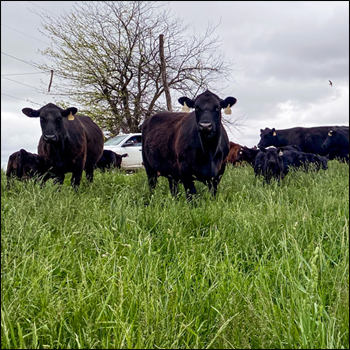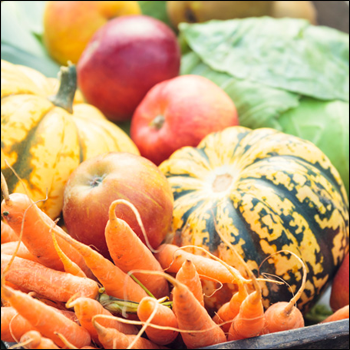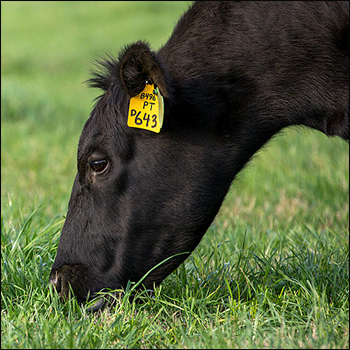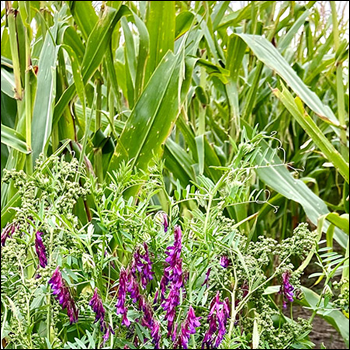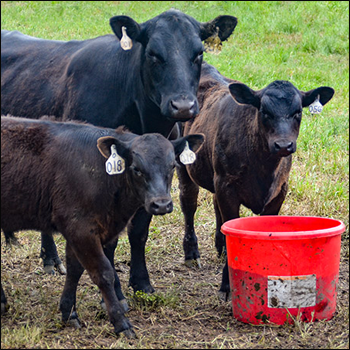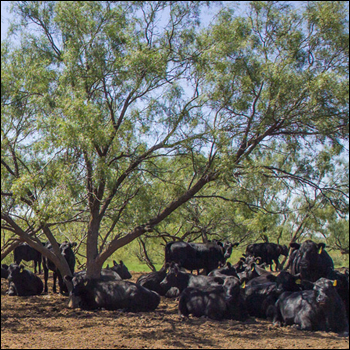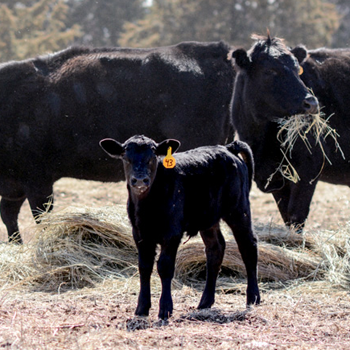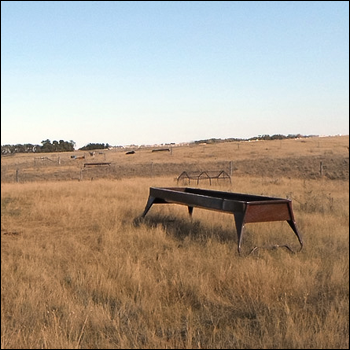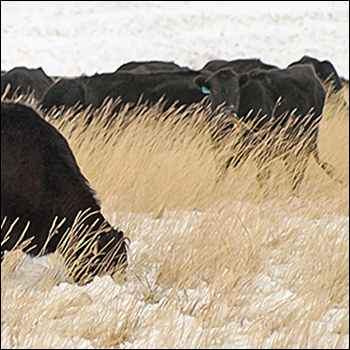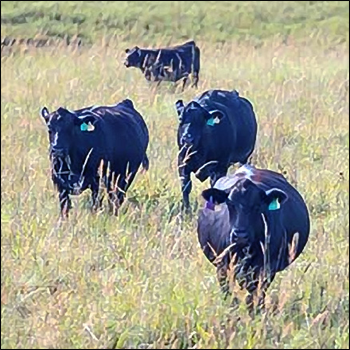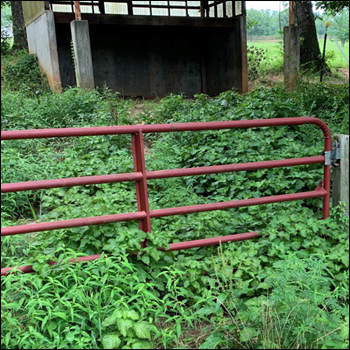In The Cattle Markets
Cattle-on-feed analysis.
The consensus for the April Cattle on Feed inventory level was for a slight increase, and the actual number came in at 102% of year-ago levels at 12.1 million head. Both marketings and placements were expected to be lower, with a typical wider disparity in the estimates for the placements. The higher overall total is due to lower actual marketings and higher actual placements. There were no indications that placements would be higher. As higher placements are the main surprise, the market response is likely to be somewhat muted, although still generally negative in the short run.
At the state level, not much stands out. Nebraska had relatively high levels of both placements and marketings compared to other states. There were no major patterns suggesting any type of response to dry conditions in the High Plains states nor wheat grazing in the Southern Plains states. Across placement weights there were no major differences compared to a year ago. Going forward, the continued high grain prices would continue to reward trying to add weight to feeders prior to placement in the feedlot.
Another structural indicator from the April report is a quarterly measure of the heifer mix on feed. A high heifer mix would indicate few heifers being held back for expansion of the cow herd. The mix has been low in recent quarters, suggesting expansion has been held in check. In the latest report, the heifer mix has shifted slightly lower. Because the total on-feed level remains high, this is not seen as a strong indication of expansion. However, it would help explain the short-run slaughter mix.
As grain prices have continued to increase since harvest last fall, the expectation has been for finishing weights to decline. Seasonally, the slaughter weights for steers and heifers have declined, but the absolute level remains relatively high compared to recent years.
The likely effect on prices is mixed. Because the marketings were in line with expectations, the effect on nearby live cattle should be muted, say, through the June contract month. There may be some pressure on the late-summer and early fall period. After that, say, December onward, tighter supplies would be supportive of prices. For feeder cattle, the sharply higher placements are likely negative news for futures until the late fall. There is not an obvious backlog of market-ready cattle, nor is there an obvious source of pen space in feedlots in the short run.
Perhaps some of the recent placements are from calves that would have gone onto grass this summer. Putting them on feed sooner suggests they may finish at slightly lighter weights. However, the evidence for this is weak. The coming weeks will bring some indications of how range and pasture conditions are starting out and how much old-crop hay is available to stretch any delays in green-up around the country (in the May Crop Production report).
Editor’s note: Matthew Diersen is a risk & business management specialist in the Ness School of Management & Economics at South Dakota State University.

Angus Proud
In this Angus Proud series, Editorial Intern Jessica Wesson provides insights into how producers across the country use Angus genetics in their respective environments.
 Angus Proud: Scott Sproul
Angus Proud: Scott Sproul
Oklahoma operation learned wisdom of moving calving season to better suit their marketing needs.
 Angus Proud: Bubba Crosby
Angus Proud: Bubba Crosby
Fall-calving Georgia herd uses quality and co-ops to market calves.
 Angus Proud: Jim Moore
Angus Proud: Jim Moore
Arkansas operation retains ownership through feeding and values carcass data.
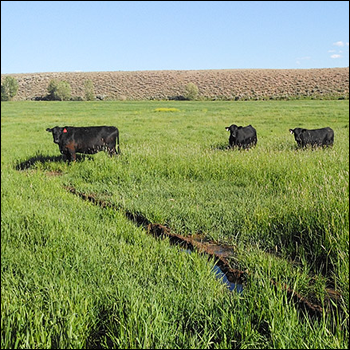 Angus Proud: Stephen Shiner
Angus Proud: Stephen Shiner
Idaho operation rotates pastures in summer and raises crops for winter.
 Angus Proud: Les Shaw
Angus Proud: Les Shaw
South Dakota operation manages winter with preparation and bull selection.
 Angus Proud: Jeremy Stevens
Angus Proud: Jeremy Stevens
Nebraska operation is self-sufficient for feedstuffs despite sandy soil.
 Angus Proud: Dave Rutan
Angus Proud: Dave Rutan
Angus breeder gets the most out of his bull investment by partnering with opposite calving-season operation.
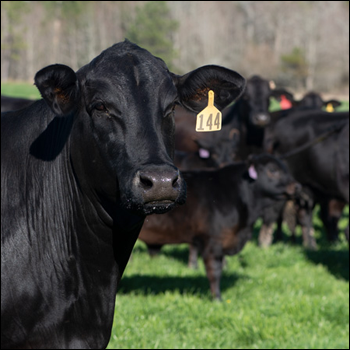 Angus Proud: Nickey Smith
Angus Proud: Nickey Smith
AngusLink helps Louisiana cattleman gain more for his calves.
